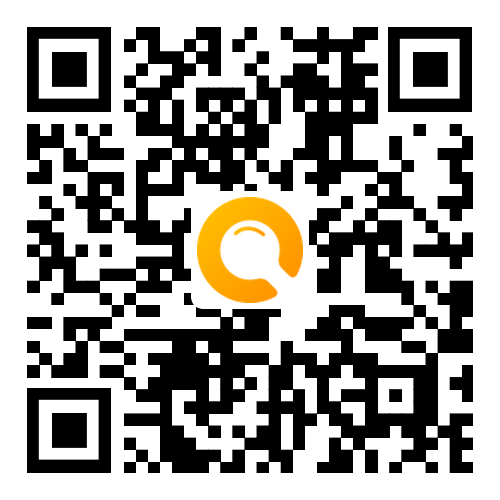Part ADirections: Read the following four texts. Answer the questions below each text by c
Part A
Directions: Read the following four texts. Answer the questions below each text by choosing A, B, C or D. (40 points)
The swine flu will probably return in force earlier than seasonal flu usually begins, federal health officials predicted Friday, saying they expected it to erupt as soon as schools open rather than in October or November.
The swine flu is still circulating in the United States, especially in summer camps, even though hot weather has arrived and the regular flu season ended months ago, "so we expect challenges when people return to school, when kids are congregating together," Dr. Anne Schuchat, director of respiratory diseases at the Centers for Disease Control and Prevention, said in a telephone news conference held jointly with vaccine experts from the Food and Drug Administration and the Department of Health and Human Services.
It is still unclear how many doses of a swine flu vaccine will be available by then, and officials have been reluctant to make firm predictions beyond saying that they expect tens of millions, rather than hundreds of millions, and they plan to distribute them to people who are the most vulnerable, like pregnant women and people who are the most likely to encounter the flu, like health care workers.
The number of doses available will depend on how fast seed strains grow, how much protection a small dose provides, and whether immune-system boosters called adjuvants are needed and prove to be safe; adjuvants are not used in American flu vaccines now.
Clinical trials testing those questions are expected to take another couple of months, said Dr. Jesse L. Goodman, director of the F. D.A.'s Center for Biologics Evaluation and Research.
Assuming a swine flu vaccination campaign begins, it will be voluntary, Dr. Schuchat emphasized, but she "strongly encouraged" pregnant women to get both a seasonal flu shot and a swine flu shot when they are available.
The C.D.C.has been closely following the disease in the Southern Hemisphere winter, and it is mimicking the patterns seen in the United States and Mexico in the spring, she said.
Most infections and most serious cases are in children and young adults, and those with underlying conditions, including pregnancy, are the most likely to die. Dr. Schuchat likened the spread's unpredictability to that of popcorn: one city could see an explosion of cases and overwhelmed hospitals while another saw few.
Her most important message, she added, was that "the virus isn't gone, and we fully expect there will be challenges in the fall. "
Why did officials expect the swine flu to erupt as soon as schools open rather than in October or November?
A.There will be sufficient swine flu vaccines then.
B.The swine flu is still circulating.
C.The cold weather then will hinder their work.
D.People will be plunged into panic by then.
 题目内容
(请给出正确答案)
题目内容
(请给出正确答案)
 答案
答案

























